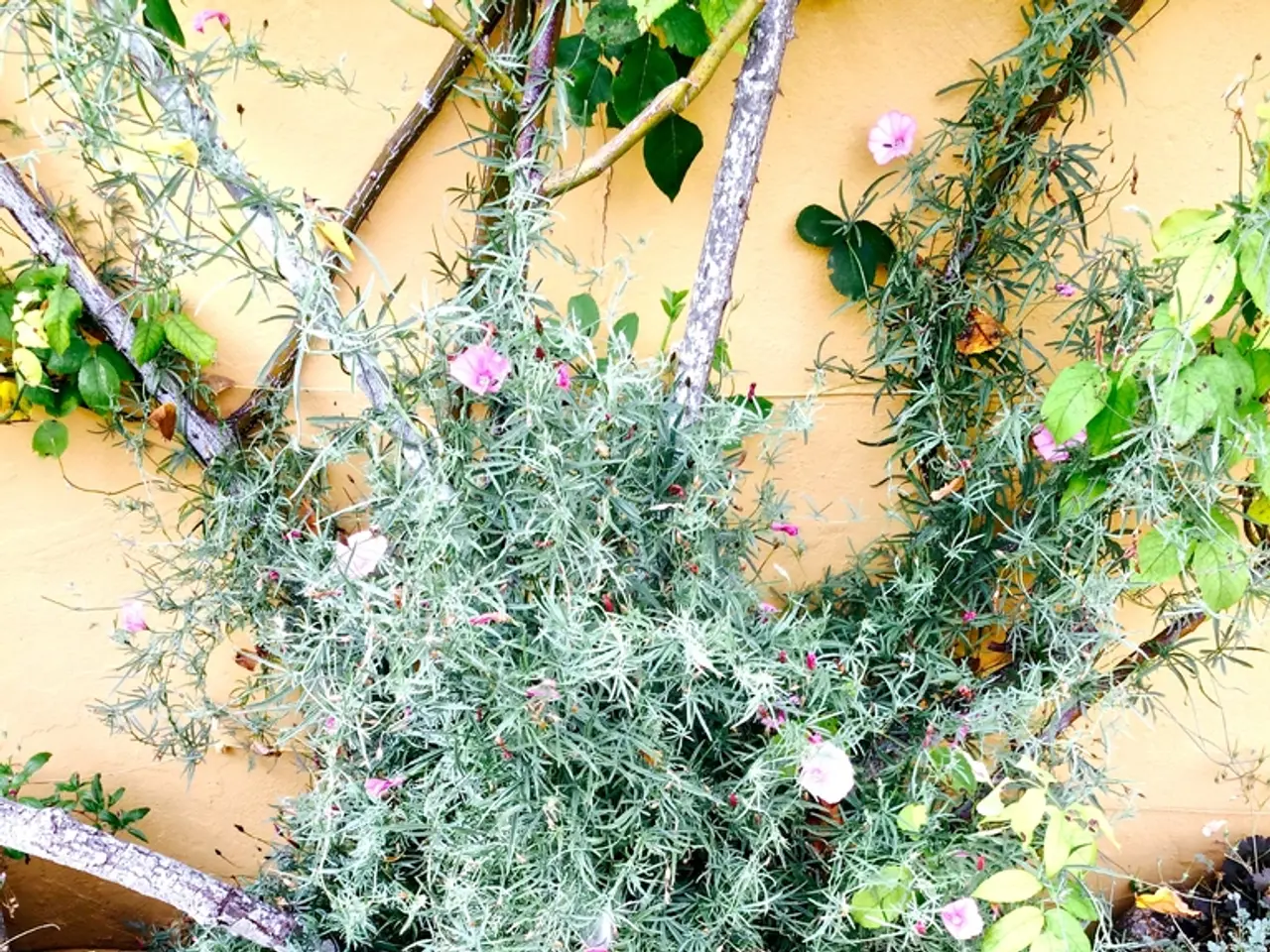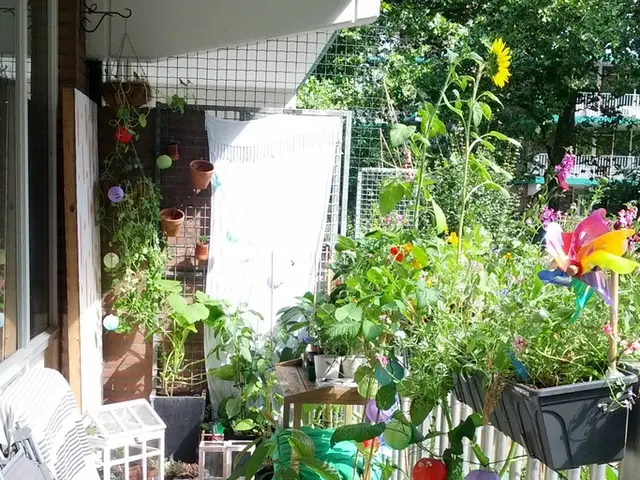Guide on Plant Segmentation: Splitting and Propagating Plants
Divide and Conquer: Revitalize Your Garden by Propagating Perennials
Gardening enthusiasts, take note! Dividing perennial plants can help you extend your garden's bounty and rejuvenate tired plants, all while saving money. Monty Don, a renowned gardening expert, shares valuable insights on this cost-effective method, along with tips for propagating various perennials.
Many popular garden plants, such as hardy geraniums, hostas, daylilies, primroses, ornamental grasses, spring-flowering perennials, asters, and even some bulbs, can be divided to create several plants for the price of one. To divide these perennials, the basic steps involve digging up the entire plant or root ball, separating it into smaller sections with roots and shoots, and replanting them in suitable soil.
The best times for division vary depending on the perennial type but generally occur either early spring or early fall. For instance, hardy geraniums can be divided in early spring or after flowering in summer to early fall. Hostas are best divided early spring before leaf emergence or early fall. Daylilies can be divided in early spring or late summer to early fall after blooming. Primroses should be divided after flowering, typically in spring or early summer. Ornamental grasses should be divided early spring before new shoots appear, while spring-flowering perennials like some bulbs are generally divided in fall after foliage dies back. Asters can be divided in early spring or fall, with fall division requiring mulching for winter protection.
Specific division guidance for astilbe care can be generalized. Spring division is easier due to smaller foliage and quicker fill-in, while fall divisions need mulch (e.g., straw 4-6 inches thick) for winter freeze protection.
Key division tips include using clean, sharp tools to cut root clumps, ensuring each division has healthy roots and shoots, working in compost or good soil, and watering regularly after replanting to reduce transplant shock.
This general timing and method cover a broad range of perennials, which all benefit from periodic division every 3-4 years or as they become crowded to maintain vigor and flowering.
However, woody herbaceous perennials like sage, lavender, rosemary, or clematis should generally not be divided as they form woody stems with root systems that do not tolerate disturbance well.
Additional plants that can be divided include Auriculas, supermarket herbs, waterlilies, established asters, and Crocosmia corms. Monty Don demonstrates how to split a large Calamagrostis and replant the divisions.
Carol Klein offers a video guide on digging up and potting up pulmonaria divisions. Meanwhile, Monty Don's video guide shows how one clump of primulas can be used to make dozens of plants within a couple of years.
When dividing daylilies, it's possible to do so in spring or autumn. Spring is also the ideal time to divide clumps of ornamental grasses to increase stocks. Just as spring bulbs finish flowering is the ideal time to lift and divide them for a better show of flowers in future years.
Late spring is the optimal time to divide many herbaceous perennials using the same technique. Monty Don also offers tips on caring for grasses to ensure they settle in well.
By following these simple steps, you can extend your garden's blooming season, rejuvenate tired plants, and save money on new purchases. Happy gardening!
- Embracing a lifestyle focused on home-and-garden, specifically gardening, you can replicate various garden plants such as hardy geraniums, hostas, daylilies, and primroses by propagating them through dividing.
- For those who enjoy home-and-garden activities, dividing perennials like ornamental grasses, spring-flowering perennials, asters, and even some bulbs in the home-and-garden setting can help extend your blooming season and create several new plants at a lower cost.





